History of the world mostly tells stories of larger-than-life heroes, who lived long ago and by their actions left indelible marks on not just events of the past, but also influence people & their actions that would occur in the future. In this context, anyone who reads and knows about Japanese history would certainly accept that the ancient Japanese Samurai warriors certainly fulfill this description rather too well.
The Japanese Samurai warriors were members of a powerful warrior class in ancient feudal Japan, who along with their masters – The Daimyos (the Feudal Lords & Landholders) controlled the political & military environment of Japan for a long time, from their rise as prominent members of society in the 12th century to the time of Meiji restoration and their subsequent abolition in the 1870s, which abolished the feudal system, finally bringing an end to the Japanese Samurai class.
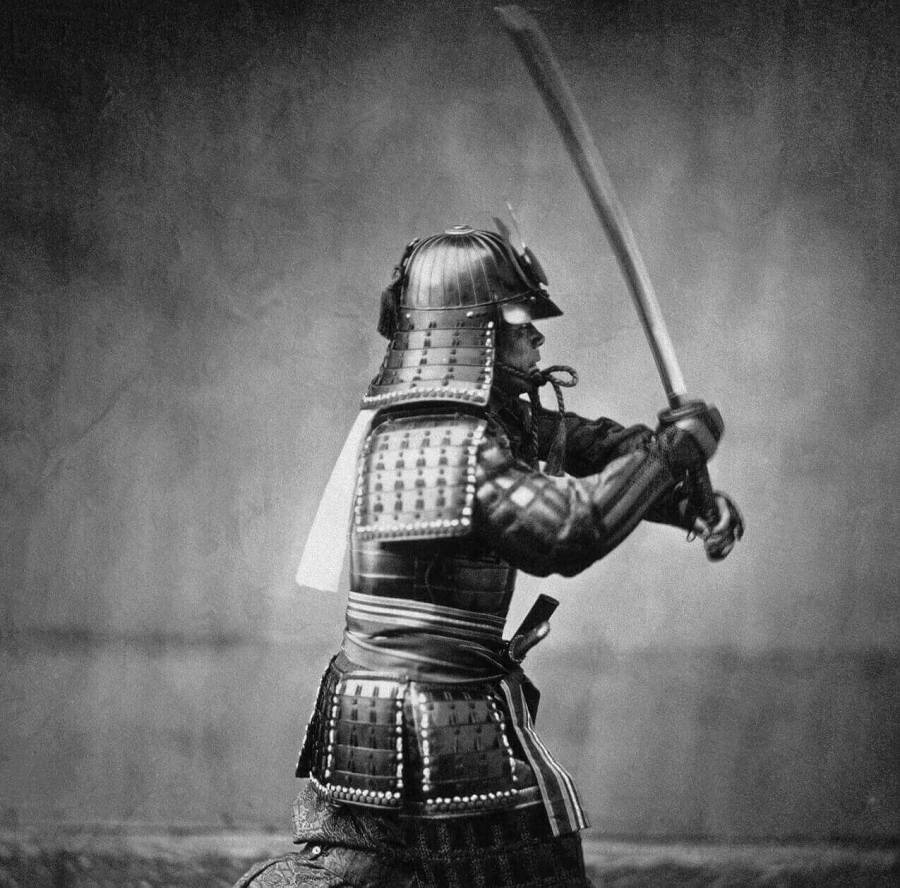
The Samurai warriors had influenced the course of history in Japan for a very long time during which besides a military role, they also played many different diversified roles, especially in the relatively peaceful period that would occur from the 17th century onwards, after the Tokugawa Shogunate was established.
Of the many Japanese Samurai warriors that were present during their long period of existence, some Samurai warriors became more popular and well known than other Japanese Samurai warriors as they far excelled than others, because of their fighting skills or their prominent stature in the society.
The discussion below is about these famous Japanese Samurai Warriors, whose legacy on the country’s history is still remembered and their names are still taken with respect among the people, long after they are gone. Most of these Japanese Samurai lived by warrior code known as – Bushido, or the way of the warrior; which required that a Japanese Samurai warrior would conduct himself bravely & honorably in battle as well as in everyday life.

The famous Japanese Samurai warriors described below were not just brave but also observed the Bushido code strictly and it was their honorable actions besides their bravery that made them immortal in the history of Japan and thus they became known as one of the most famousJapanese Samurai Warriors.
Compiling the list of the 7 most famous Samurai warriors would be difficult as ancient Japan had many Samurai warriors who were brave & created history, to qualify themselves as famous Japanese Samurai warriors, but below mentioned 7 personalities certainly deserve to be included in this list.
Every country in every age had its fair share of fighting women and ancient Japan was no different. Ancient Japan also had its share of brave warriors, often described as – Onna Bugeisha and Onna Musha. Onna Bugeisha were women fighters, who fought defensively, protecting their homes and families from invading forces; whereas Onna Musha were women fighters, who fought in offensive combats, a category to which Tomoe Gozen belonged.
Tomoe Gozen (where Gozen was a word used loosely meaning Lady), was one of the few rare notable female Samurais who became very famous later on because of her exploits as a brave Onna Musha, for her prominent role in fighting many offensive wars. Tomoe Gozen was a female Japanese Samurai warrior who supposedly lived-in the 12th century.
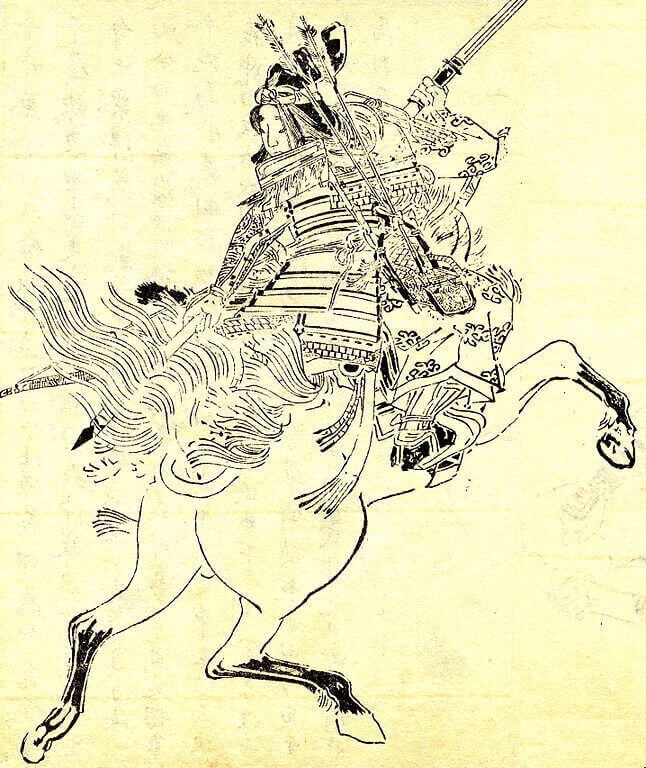
The legend of Tomoe Gozen became popular after her lifetime, which went on to influence many Japanese Samurai warriors who came later on. However, ironically the life of female Samurai Tomoe Gozen, although closely associated with real historical events that shaped the future of Japan, is almost impossible to prove historically but she remains a very popular female Samurai warrior for all those who were inspired by her story.
As per ancient legends, Tomoe Gozen lived during a time when Japan was under great social and political turmoil when different sides were fighting for control of the nation. Tomoe Gozen was not just a beautiful lady but also a well-trained mighty female Samurai warrior in service of – Minamoto no Yoshinaka, a leading member of the Minamoto Samurai Clan and one of the most prominent members involved in the powerplay of the time.
It was in this power struggle, which caused the civil war known as the Genpei War (which occurred from 1180 to 1185 between Taira and Minamoto clans) that Tomoe Gozen entered as a commander of forces under Minamoto no Yoshinaka. In the Genpei war, Tomoe Gozen was known to lead a relatively smaller band of Samurai warriors against much larger forces of the Taira clan, without any fear or hesitation.
The war would end with the defeat of the Taira clan and the victory of the Minamoto, but Tomoe Gozen along with her lord – Minamoto no Yoshinaka, wouldn’t be part of the group to share the fruits of victory.
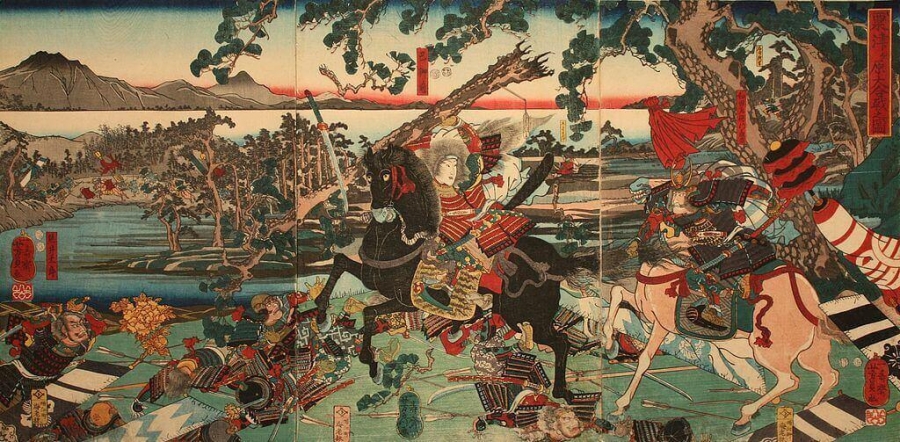
With victory in sight, Minamoto no Yoshinaka with Tomoe Gozen by his side tried to take power for himself, but he was challenged by his cousin – Minamoto no Yoritomo. Yoshinaka’s forces were courageous and fought bravely, where Tomoe Gozen displayed exceptional courage and fought, defeated & killed powerful opponents. However, the forces of Tomoe Gozen were greatly outnumbered by their enemies and were finally overwhelmed.
The Battle of Awazu, which occurred in 1184 was the final stand made by Minamoto no Yoshinaka. He would finally die here, facing a larger enemy force. As per the legend it was here that before the death of her lord – Minamoto no Yoshinaka, who ordered Tomoe Gozen to leave the battlefield; Tomoe Gozen would fight and killed one of the worthiest opponents, standing against them, as one of her last service to her master.
Minamoto no Yoritomo emerged victorious from the conflict and ultimately became the Shogun of Japan, but what happened to Tomoe Gozen? The accounts vary regarding her fate. Some believe that she became a nun, and renounced politics and warfare.
Some others say that she was taken prisoner by an enemy commander, and was forced to marry him or become his concubine. Finally, a 3rd account says that she avenged her master’s death & killed his enemies, before committing suicide at sea taking Yoshinaka’s head with her. Whatever may have happened to her, in her subsequent life after the Battle of Awazu, has got blurred with time.
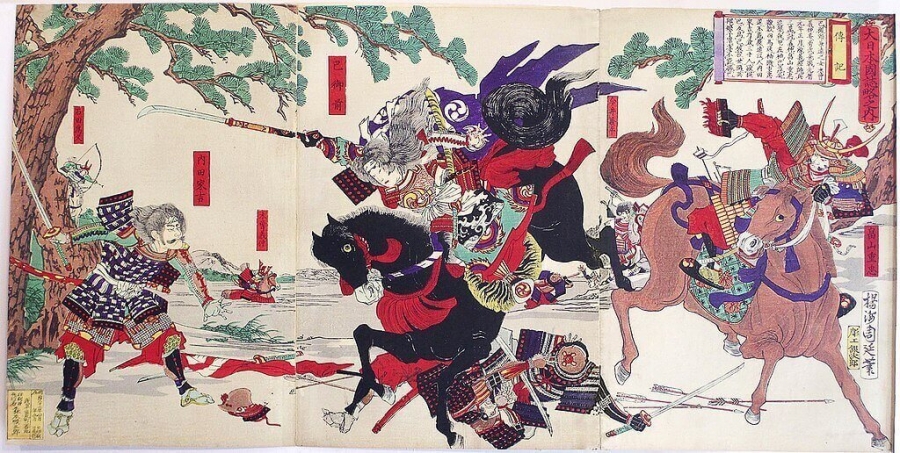
Tomoe Gozen’s date of birth and death details remains unknown and much about her personal life remains an enigma. The contradictory accounts of her life from different medieval sources along with legendary stories attributed to her have almost made it impossible to verify her as an actual historical figure.
But were some of this done deliberately, in what at the time was a male-dominated society, to exclude & prevent a rare female warrior of Tomoe Gozen’s caliber to find her way to traditional history books, is something that remains open to speculation. However, what is true is that, long after Tomoe Gozen’s period has ended, she lives on the collective memory of the people of Japan as one of the bravest female Samurai warriors to ever live.
Oda Nobunaga is one of the most well-known Japanese Samurai warriors. The reasons for this are not hard to see. Born on 23rd June 1534, Oda Nobunaga was not just a great Samurai warrior but was also responsible for unifying a great part of a nation, which at the time was greatly divided among different feudal lords (known as Daimyo) who were constantly fighting among themselves for control over the lands.
Oda Nobunaga was born to a family of a minor feudal lord (Daimyo) in Owari province of central Honshu. After his father died in 1551, Oda Nobunaga inherited his father’s property & other resources and soon began his venture to unite his clan and overpower his neighboring feudal lords. After defeating local & regional commanders around his domain, Oda Nobunaga diverted his attention towards the Shogun himself.
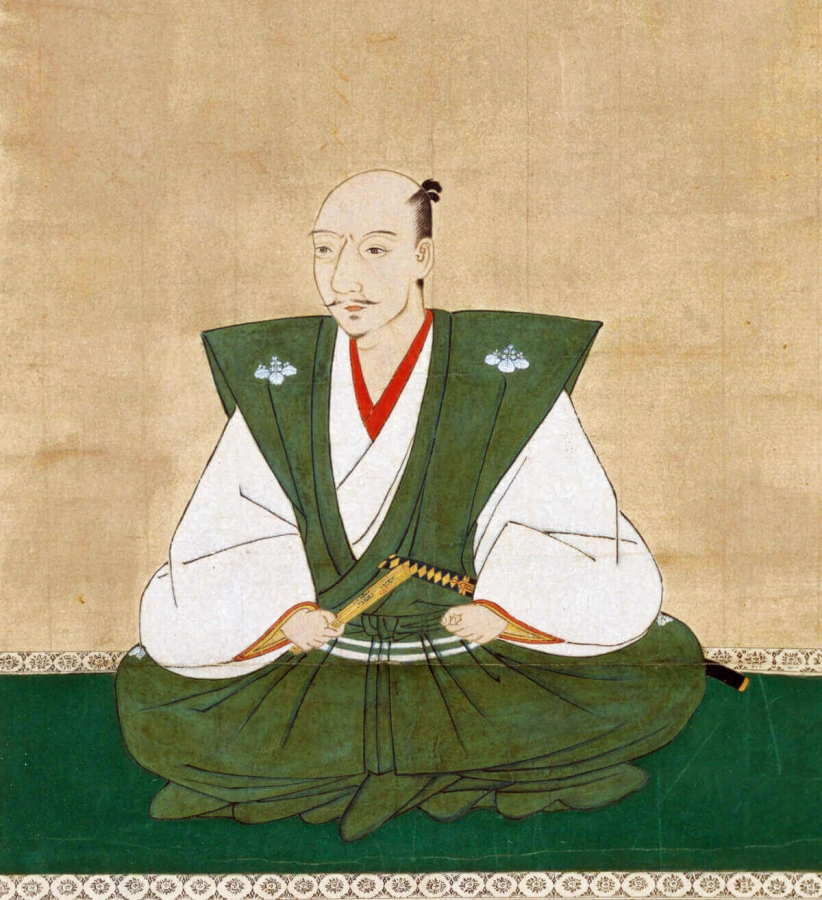
One of the most important moments in Oda Nobunaga’s life came when in 1568, when he supported Ashikaga Yoshiaki (when the latter was vying for the position of Shogun after the Shogun of the time - his brother, was assassinated) and made him the new Shogun, expecting to control him. However, the two later developed misunderstandings, and finally, Oda Nobunaga deposed Ashikaga Yoshiaki, thus bringing an end to Ashikaga Shogunate.
As Oda Nobunaga’s power increased, so did the number of his enemies. In June of 1582, one of his vassals and trusted generals – Akechi Mitsuhide, rebelled against him. The sudden betrayal would be lethal for Oda Nobunaga, as surrounded by his loyal followers now turned enemies, Oda Nobunaga was forced to commit suicide by the traditional ritual self-disembowelment, also known as Seppuku. His death would later be avenged by his loyal followers.
By the time Oda Nobunaga died in 1582, almost half of Japan had been brought under his control. This also led the way for the political and economic unification of Japan by Oda Nobunaga’s successors like Toyotomi Hideyoshi & later Tokugawa Ieyasu. Oda Nobunaga was a visionary and was much advanced than other Samurai warriors and Daimyos of his time and along with his followers – Toyotomi Hideyoshi and Tokugawa Ieyasu is considered one of the three “Great Unifiers” of Japan.
Oda Nobunaga was one of the earliest Daimyos to equip his forces with Muskets, thus introducing modern warfare to his country. Besides undertaking military campaigns, he also brought the people regulating agriculture and the merchant class under his control, to get firm control over the economic infrastructure and formed new economic policies.
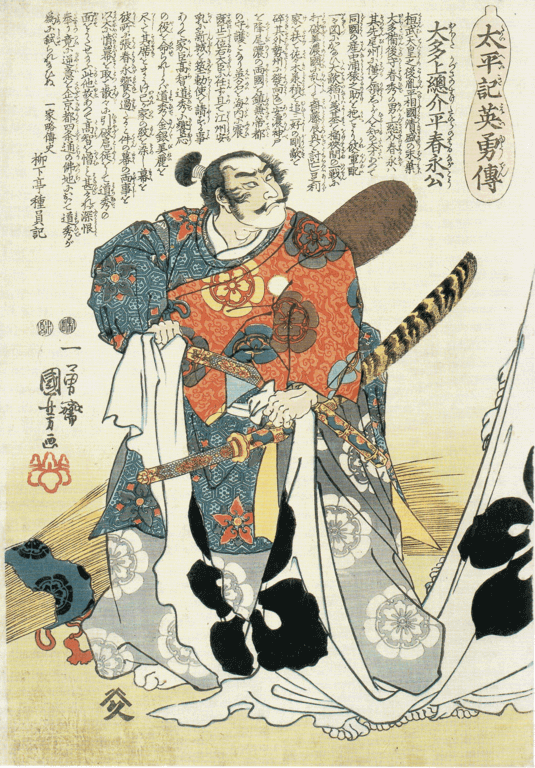
In an attempt to improve international relationships, he gave protection to the Jesuit missionaries and helped them in building a church in his capital. This was not just done for improving his foreign relationships, but also as a political tool to check the power of local Buddhist temples, some of whom were opposed to him.
Oda Nobunaga is still remembered and respected in his home country, not for just being a superb Samurai warrior, but also because of the strategic role that he played in unifying a warring divided nation. Oda Nobunaga’s name would be always remembered among the most famous Japanese samurai warriors.
Not all the famous Japanese Samurai warriors were from Japan. There were a handful who were also born and brought up outside Japan but landed in the country by a twist of fate. Yasuke, Samurai from Africa has the honorable distinction of being the first foreign-born Samurai ever.
Yasuke, the African Samurai was, as expected not born in Japan. Though very little is known about the early life of this African Samurai, but most scholars believe that he was born in present-day Mozambique, but some also believe that he may have been originally from Sudan or Ethiopia. Later it is believed that he was kidnapped by slave traders and trained as a soldier before finally ending up in the service of the Jesuit missionaries.
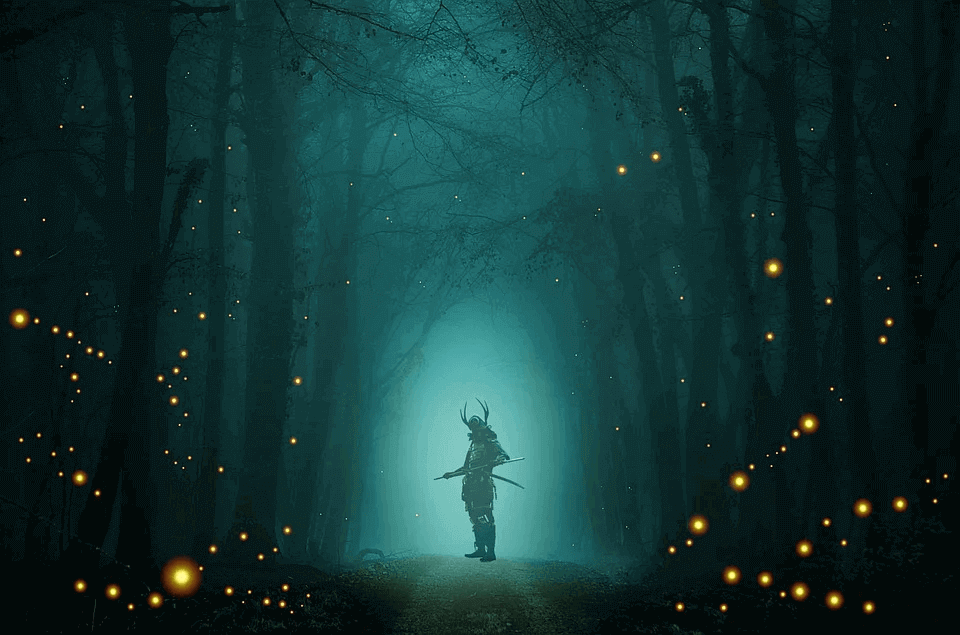
Yasuke arrived in Japan in 1579 along with an Italian Jesuit missionary named Alessandro Valignano, as his valet and bodyguard. As Alessandro Valignano, traveled across the country hoping to convert the people to Christianity, Yasuke accompanied him. It was during this duration that Oda Nobunaga was emerging as one of the most powerful persons in the country, and he controlled Kyoto – considered as the dominant center of the country.
Yasuke had become somewhat of a celebrity in Japan soon after his arrival, because of his dark-colored skin (which perplexed the Japanese) and his height of 6 feet 2 inches, which certainly was much taller than the height of most Japanese of the time. This new information soon brought Yasuke to the notice of Oda Nobunaga, who was also quite impressed by the sight of the tall & brave African. Maybe the fact that Oda Nobunaga had never seen an African before, met his meeting with the foreigner more important for him.
Yasuke by this time had picked up new Japanese sword skills along with other fine forms of Japanese martial arts and could speak the language. These skills along with the knowledge of other lands that Yasuke possessed had greatly impressed Oda Nobunaga so much so, that he instructed his nephew to give Yasuke a decent amount of money during this first meeting itself.
Soon Oda Nobunaga had taken Yasuke into his service and made him the first foreign-born Samurai, and thus the legacy of the African Samurai warrior was born. Yasuke was provided with a house, financial support & even servants. Yasuke in turn proved his loyalty when he joined the army of Oda Nobunaga’s invasion of the Iga province in 1581 and helped them to conquer it.
In 1582 when Oda Nobunaga’s trusted general Akechi Mitsuhide betrayed Oda Nobunaga and launched a surprise attack against his former master, Yasuke Samurai warrior was with Oda Nobunaga. As Oda Nobunaga committed suicide by Seppuku, his last order to Yasuke (as per legends) was to deliver his (Oda Nobunaga’s) decapitated head and sword to his son, so that it would not fall into the enemy’s hands.
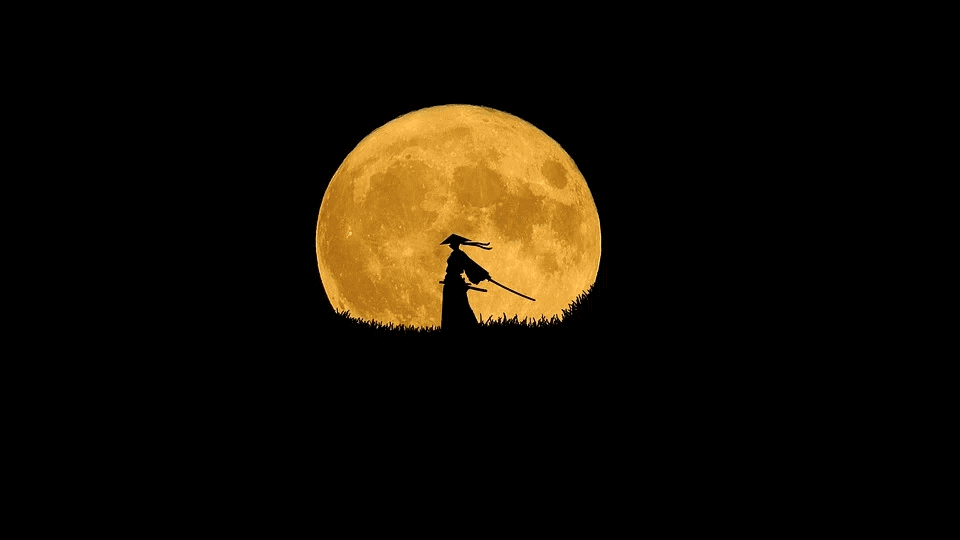
Later Yasuke would be captured by the enemy forces but he was not killed but instead allowed to go to the Christian church in Kyoto. There is no further record of Yasuke Samurai after this incident in history. Although Yasuke, the African Samurai stayed for only a very short time in service of Oda Nobunaga, the legacy of Japan’s first foreign-born Samurai has withstood the onslaught of time, because of the loyalty, bravery & courage shown by the first foreign-born Samurai to his master – Oda Nobunaga.
Here in our article of Famous Japanese Samurai warriors, we have also taken the liberty of adding a couple of foreign-born Samurai warriors, for the simple reason that there were a very few of them and these notable gentlemen certainly deserve mention for making their mark on history and culture of people so different from them, living in a land far from their native place.
William Adams never fought in any battles, so some people may find it a bit odd, that we have included him in our list of famous Japanese Samurai warriors. However, the life of the first Englishman to reach Japan and his subsequent journey to become a Samurai warrior is certainly a story, that is worth describing.
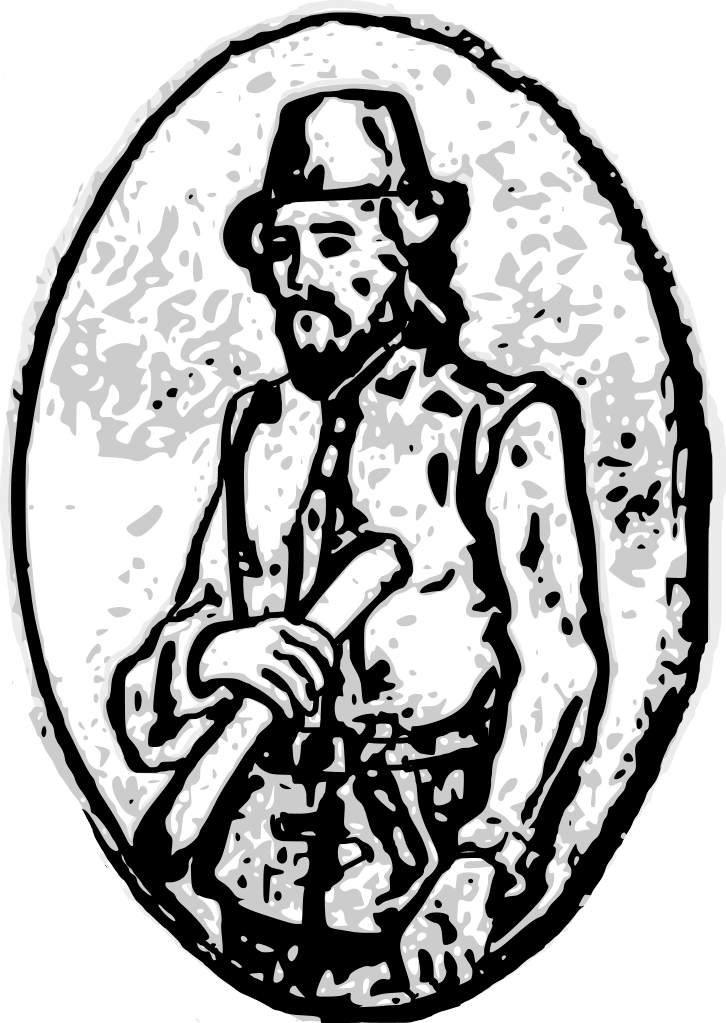
William Adams was born on 24 September 1564 in Gillingham, Kent, England. He spent his early youth learning about building ships, navigation, and astronomy which later would help him a lot. It was a time, when England was engaged in war with Spain and William Adams, soon found himself engaged in action against the Spanish Armada.
After the English victory, he started to work in merchant ships. Later in 1598, he sailed out from Europe with 5 Dutch ships, as their chief navigator (pilot major) as the ships left for trading purposes to the far east. However, the voyage didn’t exactly go smoothly and William Adam’s ship – the “ Liefde” was the only ship, which managed to reach the Island of Kyushu, Japan in April 1600, with the majority of the crew dead and the rest very sick and in dying condition.
The survivors were brought to the notice of Tokugawa Ieyasu, who would soon become the Shogun and one of the most important & powerful persons of Japan. Tokugawa Ieyasu talked to William Adams & listened to the western knowledge brought by him, which greatly impressed him.
Tokugawa Ieyasu had a genuine reason to be so as, in the Battle of Sekigahara, whose victory contributed greatly to the change of fortune of Tokugawa Ieyasu, an important role was played by the 19 bronze canons obtained from William Adams’s ship, which helped greatly in the victory of Tokugawa Ieyasu over his enemies.
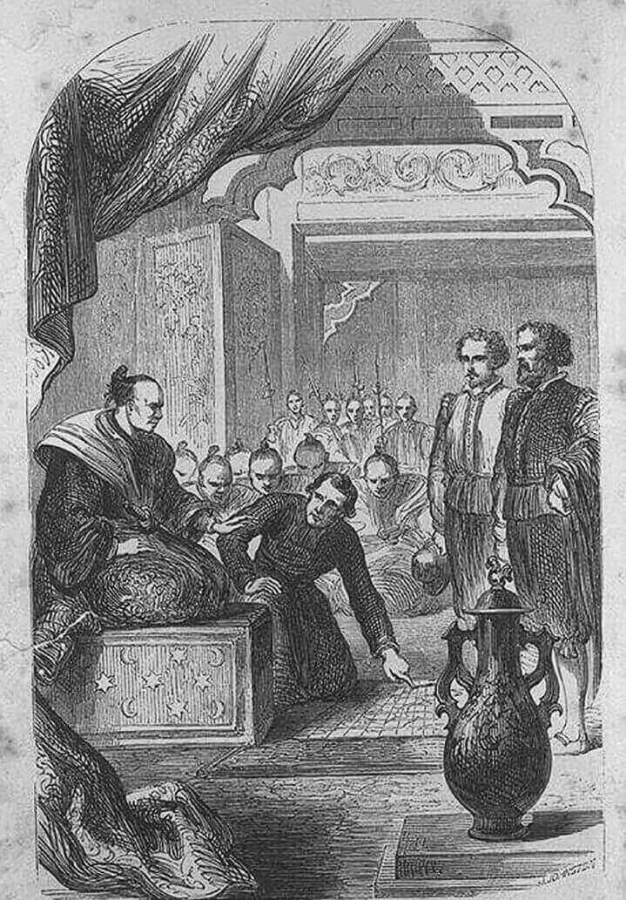
It was especially William Adams’s knowledge of shipbuilding, that Tokugawa Ieyasu decided to use in his favor. William Adams had a wife and family in England and wanted to return to them, but this permission was denied. William Adams was taken into the service of Tokugawa Ieyasu and ordered to create Japan’s first western-style ship.
For his services, William Adams was awarded an estate, servants, financial benefits, and other incentives. In fact, for his new life, William Adams also received a new name – Miura Anjin. Tokugawa Ieyasu was finally so impressed with the results of the work of William Adams, that he even made William Adams, now known as Miura Anjin, a Samurai – by presenting him with 2 swords.
Eventually, William Adams even married a Japanese woman and had a family in Japan, after settling down. Besides engaging in shipbuilding, he also helped in developing business communication & trade relationships between Japan and the English & Dutch traders, including developing a trading post for the English at Hirado, Japan.
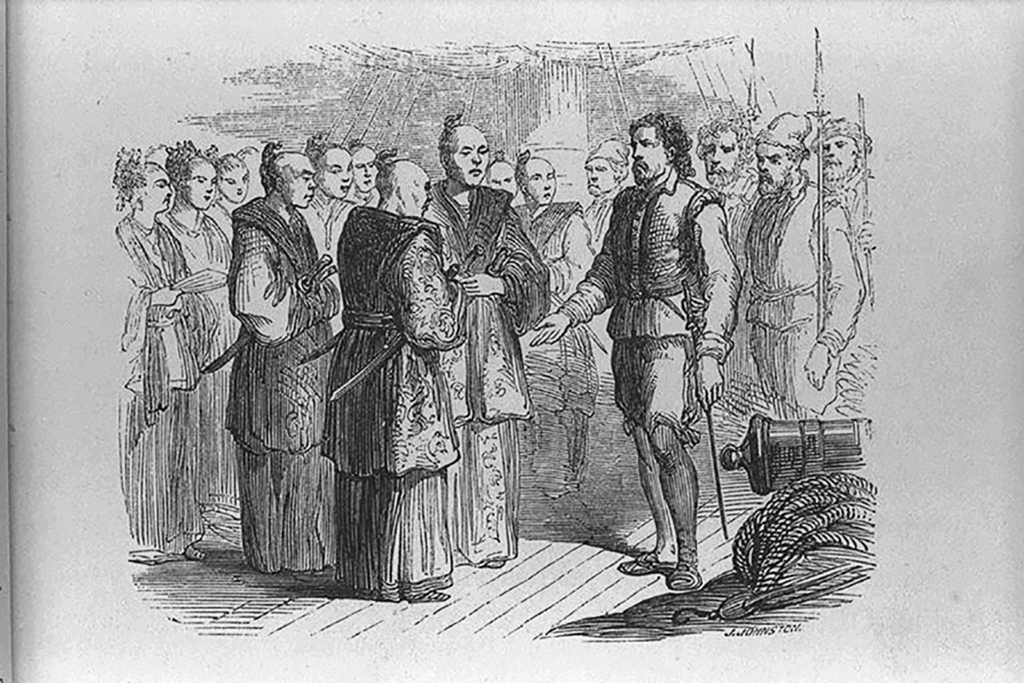
Tokugawa Ieyasu died in 1616 and after his death, the influence of William Adams also decreased significantly, who later died in 1620. Although William Adams as a Samurai warrior hardly played the different roles, which is classically associated with this designation, the story of a European moving to far off Japan and becoming a close trusted advisor of the Shogun is good enough a reason for his name to be included in this list of Famous Japanese Samurai warriors.
Born on 5th September 1567, Date Masamune was born in a powerful Daimyo family. Besides creating a name for himself in Japan’s history and being one of the most famous Japanese Samurai warriors, he is also credited for founding the modern city of Sendai – the capital city of Miyagi prefecture, in Japan.
As mentioned, he is known as the one-eyed Dragon of Oshu, as he lost vision in his right eye during childhood due to smallpox. Although legends that have grown around this Japanese Samurai warrior describe different events, explaining what subsequently happened, that led to his loss of the organ entirely.
Some sources mention that Date Masamune plucked out the eye himself when it was pointed out to him, that his eye disability could be used by an enemy during a fight. Other sources mention, that Date Masamune ordered one of his retainers to gouge out the eye for him.
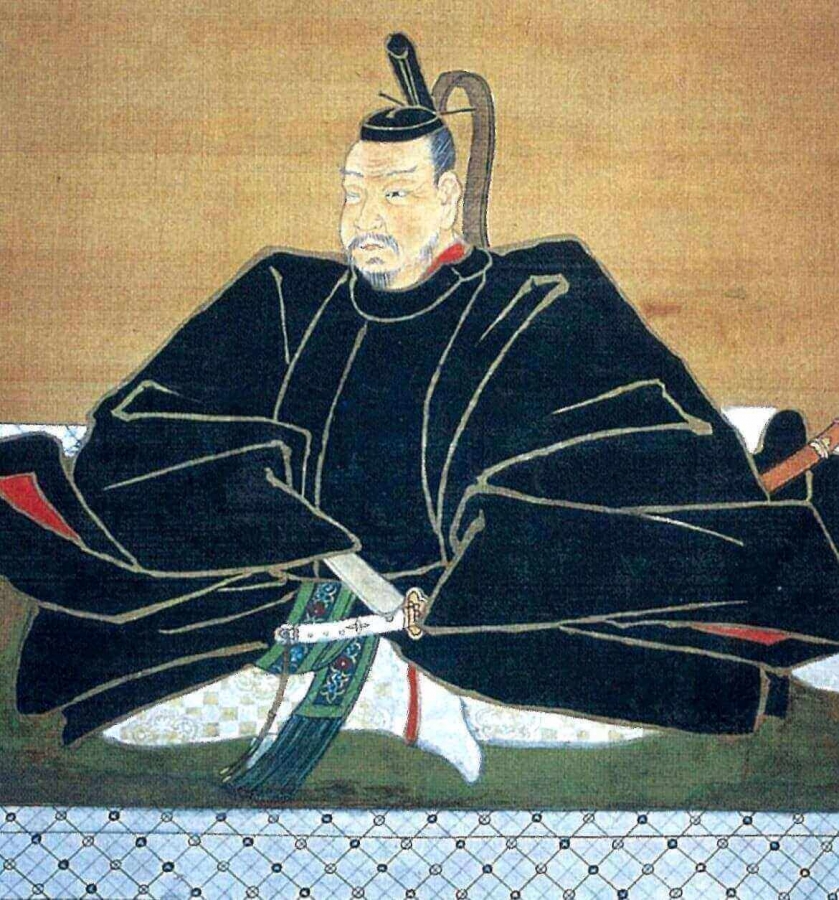
Needless to say, that one-eyed Date Masamune, leading his army attired in their characteristic black armor and golden headgear may have been quite a fearsome sight for his enemies. Date Masamune himself was attired in a crescent moon bearing helmet, which remains one of the legendary hallmarks of this famous Samurai warrior.
Date Masamune came to power as the new Daimyo of his clan, at a relatively young age of 17 years, when his father decided to retire. This was a period characterized by a high level of civil unrest in Japan, where the feudal lords were fighting each other for power. Date Masamune also did his part and increased the territory under him, by defeating his rivals.
Power struggle in this period saw Toyotomi Hideyoshi, emerge as one of the leading figures, who was attempting to unite Japan and bring about stability. Soon Toyotomi Hideyoshi emerged as the virtual ruler of Japan and a disappointed Date Masamune was left with no choice but to submit to Toyotomi Hideyoshi reluctantly. After the death of Toyotomi Hideyoshi, Date Masamune would go on to serve Tokugawa Ieyasu.
For his loyalty to Tokugawa Ieyasu, Date Masamune would later be awarded the precious Sendai domain, which would make Date Masamune – one of the most powerful Daimyos of Japan of the time. Besides being an ambitious and aggressive feudal lord of the time, Date Masamune was also an educated man & patron of arts who was sympathetic to foreigners and Christians.
Date Masamune took a deep interest in foreigners, especially to gain a deeper insight into their knowledge and technology. Not just did he encourage foreigners to come and visit his land, but he also supported the building of one of the first Japanese built western-style sailing ships – San Juan Bautista (St. John the Baptist).

This ship – San Juan Bautista, transported a Japanese diplomatic mission consisting of 180 people (who went as envoys to meet the Pope in the Vatican), during their first leg of their trip, dropping them off to Acapulco, in what is now modern-day Mexico. The diplomatic mission headed by Hasekura Tsunenaga (one of the trusted retainers of Date Masamune) would later reach Rome. Date Masamune was the first Japanese lord to have funded this kind of expedition, again a testimony to the fact that he was far ahead of his time.
Although many Japanese Samurai warriors have left their mark in history, Miyamoto Musashi is perhaps the most famous Japanese Samurai warrior known, especially outside Japan’s borders. The reasons for this are not hard to see. Not every samurai warrior, gets to fight more than 60 duels, but not only just lives to tell the tale, but also emerges victorious from these deadly fights.
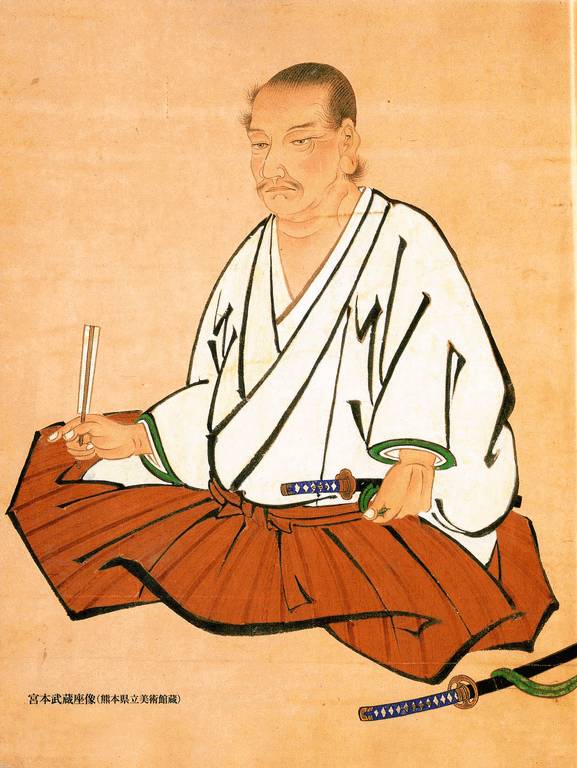
Miyamoto Musashi has been also known for possessing many qualities than just being a fearless, skilled, and dangerous Samurai warrior. He was also a philosopher and a famous writer, and the martial arts text – The Book of Five Rings was perhaps his most famous creation, which brought him much recognition.
Details of the early life of Miyamoto Musashi's remains clouded in mystery but it is believed that he was born in 1584 in Harima province of Japan in the village of Miyamoto, from which his family took its surname. Miyamoto Musashi's father was also an expert swordfighter and so it was quite natural when Miyamoto Musashi inherited his father’s love for the use of the sword.
However, according to some sources as far as the personal relationship of Miyamoto Musashi with his father was concerned, it left much to be desired and Miyamoto Musashi was much closer to his uncle – a Shinto priest, who later became responsible for Miyamoto Musashi and would take care of him, but not for long.
Miyamoto Musashi was just 13-years-old, when a Samurai by the name of Arima Kihei, passing through the town threw an open challenge, asking if anyone in the area dared to fight him. Miyamoto Musashi responded and in the duel that followed Miyamoto Musashi, then a boy of just 13 years, killed his opponent in what would be his first duel.
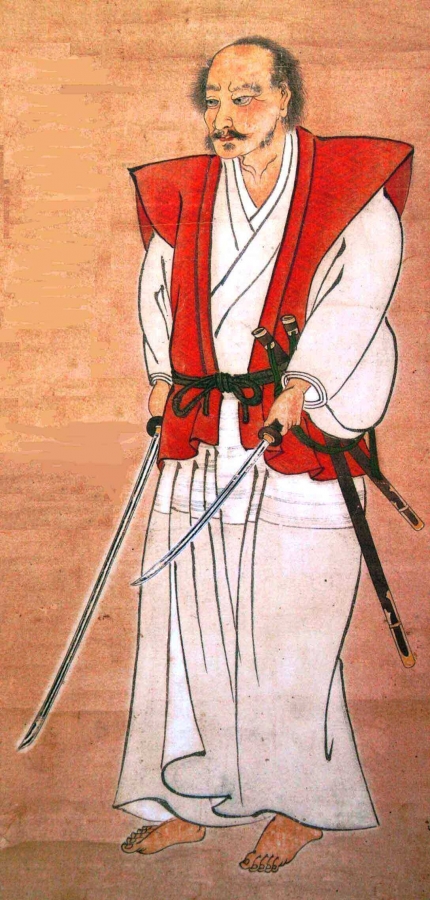
After a few years, he fought his second duel & again emerged victorious. However, despite his victories, not all of his endeavors succeeded. In the decisive Battle of Sekigahara, which took place in 1600, Miyamoto Musashi fought on the losing side. When Tokugawa Ieyasu, finally emerged victorious in the battle, Miyamoto Musashi – who had managed to survive in the battle, became a masterless Samurai or a “Ronin”.
Miyamoto Musashi now decided to use his time, improving his skills, and fighting deadly duels with skilled opponents. Miyamoto Musashi emerged victorious from all these encounters. Wandering the country, fighting duels, and emerging victorious in them certainly cemented his reputation. However, his crowning glory moment was perhaps his duel against – Sasaki Kojiro, who was one of the most respected and feared warriors of the time.
In the duel, Miyamoto Musashi once again emerged victorious, after killing his opponent. This victory over Sasaki Kojiro would ensure that Miyamoto Musashi would become one of the greatest swordsmen of Japan. Although according to a few sources, Miyamoto Musashi was saddened by the death of Sasaki Kojiro and became introspective & philosophical.
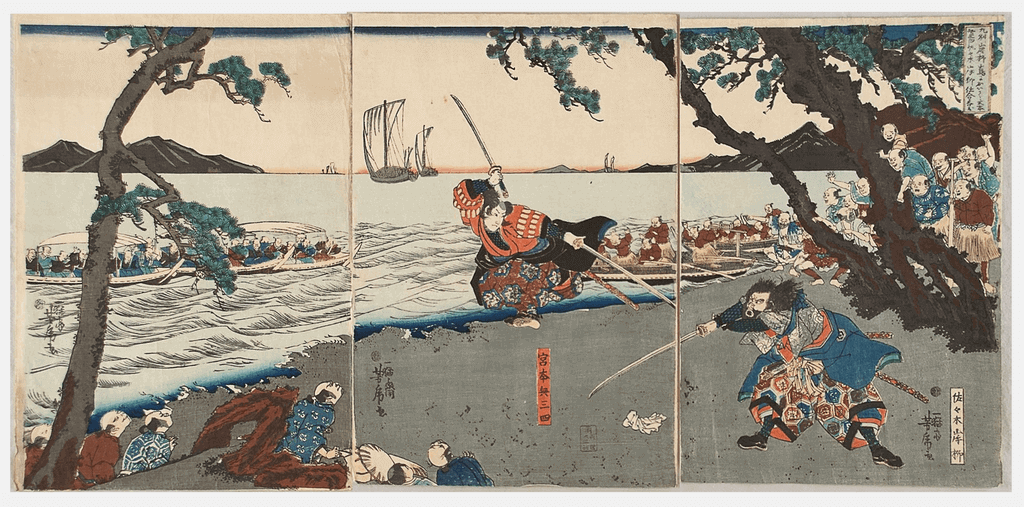
Although Miyamoto Musashi stayed in touch with the skills he loved so much, by becoming a martial art teacher; in his later year's people knew him more as a follower and philosopher of Zen Buddhism, & an artist (for his painting skills), and a scholar.
Towards the end of his life, he wrote – “The Book of Five Rings”, a text describing different facets of Japanese martial arts & swordsmanship, which is still considered a masterpiece to this day. He also wrote “The Path of Aloneness” or “The Way of Walking Alone”, another short book on self-discipline; just before he died in 1645, possibly because of Thoracic Cancer.
The Japanese Samurai warriors were a part of an important part of Japanese history, but like most things in history, their time would also come to an end during the reforms of the Meiji Era. In this period, Japan underwent a lot of social and political transformation, under Emperor Meiji, who emerged as the supreme power in the country. However, the changes did not take place peacefully but occurred after the Boshin war, where forces loyal to the Tokugawa shogunate clashed with forces loyal to the emperor, in a violent civil war fought from 1868 to 1869.
The Boshin war was a result of dissatisfaction present in a severely divided Japanese society, with one of the most important reasons being the unhappiness of many nobles and Japanese Samurais, by the way, powerful Shogunate was inefficiently handling the increasing power of foreigners in Japan.
Fearful about the country’s future, some powerful Samurai clans tried to abolish the Shogunate, so that the ultimate power would stay with the Emperor only. These nobles and Samurais were successful but only after loyalists to Shogun were defeated totally by an army loyal to the emperor in the Boshin war. Although the Boshin war itself was made up of many different battles, it was the Battle of Aizu that would make our protagonist – Nakano Takeko, immortal in the pages of history.
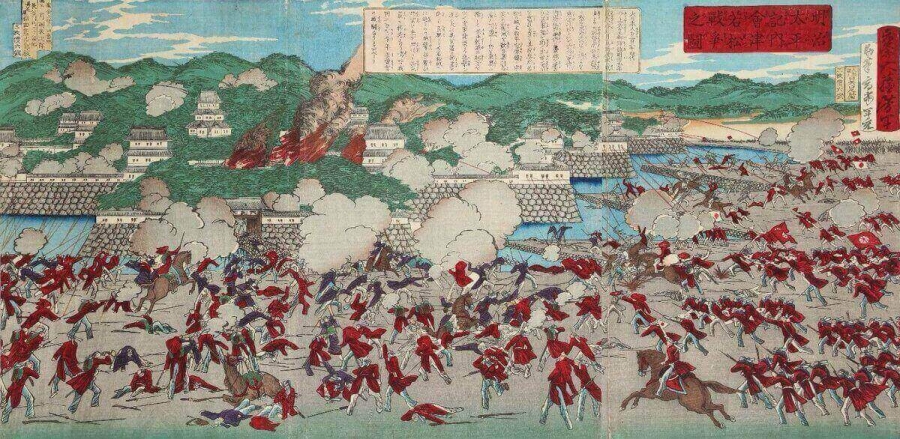
Although Nakano Takeko fought on the losing side, the fact that the 21-year-old female Samurai warrior decided to fight till the end, in what was certainly a suicide mission, just speaks volumes about the courage and conviction that Japanese Samurai warriors of the time possessed.
Nakano Takeko was born in 1847 to a Samurai father, who was an official in Aizu. She started training in martial arts from a very young age and after 10 years of training had become quite master in skills of combat and started to teach other women and children. However, Japan was facing severe social unrest and her family and friends were loyal followers of the Tokugawa Shogunate.
As the civil war came to Aizu in October of 1868, the 21-year-old Nakano Takeko formed a small band of women warriors (numbering between 20 to 30) which included her mother and younger sister too. This force would be later known as Joshitai. The senior officials were very reluctant to allow the women to fight but finally relented when Nakano Takeko refused to change her mind.
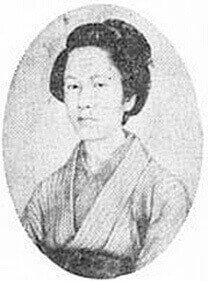
The defenders of Aizu were badly outnumbered, but Nakano Takeko and her small band of followers decided to fight till the end. Before the final battle, Nakano Takeko decided with her mother & sister that they would not let the enemy capture them alive & theirs would be a suicide mission.
Nakano Takeko’s end came as she along with her other Aizu force members attacked the imperial forces at the Yanagi bridge. The imperial forces who were equipped with firearms were initially reluctant to fire them giving sufficient time to Nakano Takeko to charge forward with her Naginata (a bladed weapon with a long shaft) and kill 5 to 6 of her opponents.
Finally, the imperial forces were left with no option but to use their firearms. Nakano Takeko fell as she sustained a rifle shot to her chest. Nakano Takeko did not want her dead body to fall into the hands of her enemies and asked her sister to cut off her head & give her an honorable end. The last order was carried out and Nakano Takeko’s sister (who had survived the battle) escaped with the cut head to a nearby Temple, where it was buried under a tree and the Naginata of Nakano Takeko was also donated to the temple.
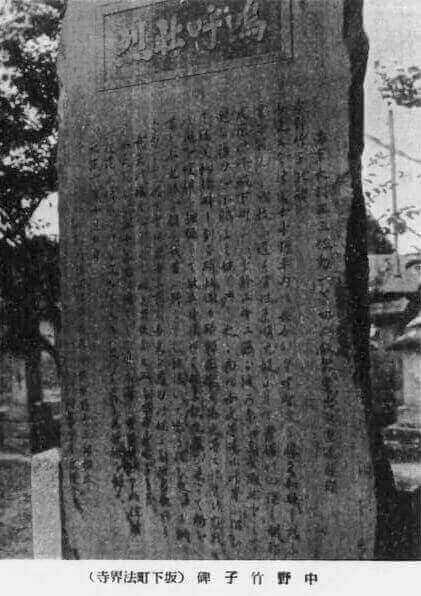
The Battle of Aizu (as well as the Boshin war) was won by forces loyal to the emperor. When the Emperor finally returned to power, reforms of the Meiji era were carried out, and the Samurai class was formally abolished. However, the history of Nakano Takeko, like the legend of Tomoe Gozen (whom the former idolized) had passed into the soul of Japan forever.
There were many other famous Japanese Samurai warriors than just the ones listed above, unfortunately, it is not possible to mention all of them. A single article is grossly insufficient to mention all the heroic achievements, of all these great Samurai warriors and here we have just scratched the surface of a portion of the history of a great nation, that continues to awe and inspire us to this day.
Samurai warriors are not just an integral part of Japanese history and culture but they also echo the ethos of its golden past to the rest of the world. As mentioned previously the Japanese Samurais abided by a warrior code known as Bushido (which has got a great resemblance to the European concept of chivalry) which gives valuable insights into the life of these brave warriors, who lived and died by certain code and for whom nothing was more important than honor.
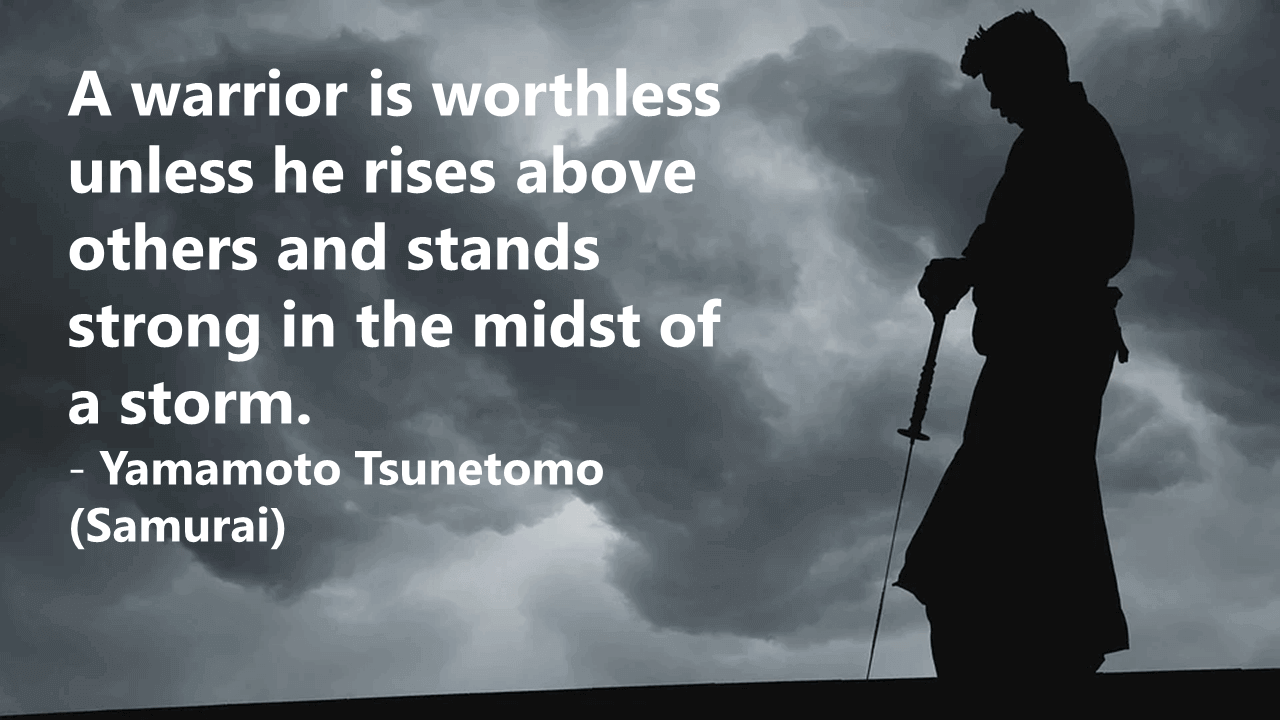
Although the age of Japanese Samurai warriors is long gone, their stories persist in the forms of various novels & movies that we read or see on TV or the movie screen, proving that concept like bravery, commitment, and sacrifice never go out of style, irrespective of the time that we live in and the fact that some stories can’t be silenced by restricting them just to the pages of history.